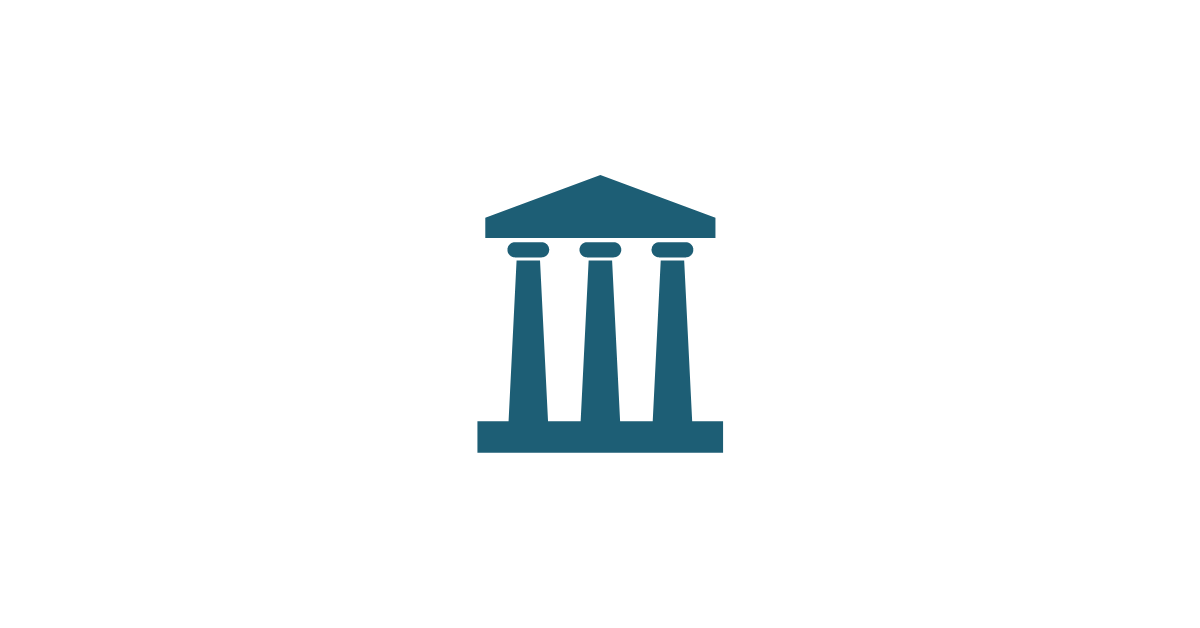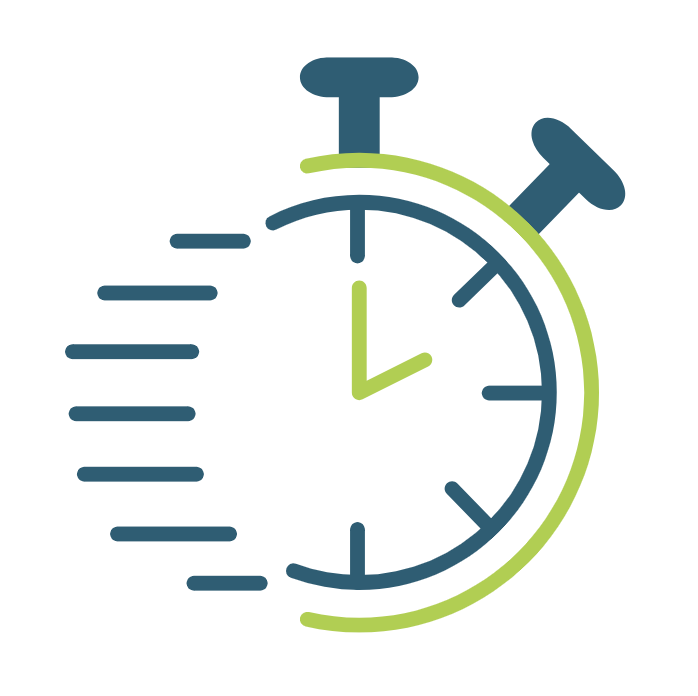Blended learning seamlessly weaves together online and in-person learning experiences to boost student engagement and meet the unique needs of a diverse class by providing flexible pathways through learning experiences. Blended learning aims to lean on technology to do what it does well–information transfer–and free teachers to do what they do well–support individual and small groups of students as they progress toward firm standards-aligned goals. As teachers use blended learning models to design their lessons, they can elevate the experience for students by prioritizing three pillars of high-quality blended learning.
Taking Blended Learning to the Next Level
In this blog post, I will explore three critical pillars of high-quality design in blended learning: student agency, differentiation, and control over the pace of learning. By incorporating these elements into the design of blended lessons, educators can provide a more robust and impactful learning experience for themselves and their students.

The 1st Pillar: Student Agency
Student agency, which offers students meaningful choices in their learning experience, is a core component of blended learning. Educators who provide options throughout a student’s educational journey nurture a sense of responsibility and ownership over the student’s education. This positively impacts their motivation to engage with tasks.
As educators, the aim should be to create opportunities for students to make critical decisions about what they learn, how they learn, and what they create to demonstrate their learning.
Content-based Choices
Giving students the agency to make decisions about what they learn or the lens they look through as they approach a particular topic or subject positively impacts their interest in learning. When students have a voice in their education, they become more engaged and invested in the process. Having the autonomy to choose topics, texts, or projects that align with their interests allows them to connect with the material on a deeper level.
For instance, in an elementary science class, a teacher designing a unit focused on ecosystems can empower students by allowing them to choose an ecosystem they are genuinely interested in exploring. Some might opt for the rainforest, while others may be captivated by the desert or ocean ecosystems. This element of choice amplifies students’ interest in their studies as they feel connected to the material they are learning about.
In a secondary English language arts class, rather than assigning a single text to the entire class, teachers can provide a curated list of books or short stories, each highlighting different themes or literary styles. Students can choose a book or story that appeals to their interests or curiosity. A student interested in social issues might select a text focusing on these themes, while another intrigued by mysteries could choose a book or story in that genre.
Process-based Decisions
Inviting students to participate in process-based decision-making enhances their competence and confidence in successfully tackling tasks. Empowering students with the autonomy to determine their approach, select materials, work online or offline, collaborate with a partner or work individually cultivates a more profound sense of ownership and investment in their learning. By acknowledging and valuing their choices, students feel more capable and responsible for their educational experience. Such personalized decision-making opportunities foster intrinsic motivation and active engagement and allow students to discover their strengths and understand their preferences, further bolstering their confidence and belief in their abilities.
In an upper elementary English or history class, students may have the opportunity to decide which discussion technique to use to discuss a short story. Teachers can spend time at the beginning of the school year onboarding the class to a few discussion strategies, like team roles, fishbowl, and graffiti team time. Once students understand and have had time to practice each, the teacher can provide a choice board of options and let students group themselves based on the discussion technique they want to use.
In a high school math class, when learning about graphing equations, teachers can invite students to decide if they would like to graph on paper or use Desmos, an online graphing tool. Those who prefer paper benefit from a tactile experience, honing their drawing skills and understanding graphing intricacies. On the other hand, Desmos users enjoy the efficiency of a digital platform, exploring graphs dynamically and visualizing equation transformations in real time. This approach acknowledges diverse learning preferences, leading to a more meaningful and effective learning experience.
The 2nd Pillar: Differentiation
The second pillar that underpins high-quality design in blended learning is consistent and effective differentiation. Differentiation involves adjusting teaching methods to address students’ unique needs and abilities, supporting their learning journeys.
For a math topic like addition and subtraction, the teacher could differentiate the learning by providing various assignments based on the students’ proficiency levels. For example, students who have mastered the basic concepts could be given more challenging real-world word problems. At the same time, those who need extra support could work on additional practice exercises with teacher support in small groups to reinforce their understanding.
In a secondary history class, teachers can differentiate the experiences of conducting research to accommodate diverse learning needs and interests. They can invite students to choose research topics related to the broader historical theme or era being studied and provide structured research guides or graphic organizers for students who might benefit from additional support in organizing information. They can also allow students to work with a research partner or in small groups. Collaborative research can foster teamwork, peer support, and the sharing of diverse perspectives and ideas.
The ultimate goal of differentiation is to leverage formative assessment data as a compass to continually identify and address students’ diverse learning needs. By proactively adapting instructional approaches, content, and learning experiences, educators aim to provide every student with a pathway that aligns with their strengths and challenges, leading them toward mastery of standards-aligned goals. Through this tailored and inclusive approach, differentiation fosters a dynamic and supportive learning environment, empowering each student to thrive and achieve their full potential.
The 3rd Pillar: Control Over Pace
The third pillar of high-quality blended learning centers around student control over the pace of learning. Many classroom management issues and unproductive behaviors can be traced back to a misalignment between the pace at which the learning is moving and the pace at which the learner needs it to move. If the pace of learning is moving too quickly, students may feel overwhelmed, frustrated, and decide to disengage. By contrast, students get bored and distract each other if the pace is too slow.
Blended learning strategically shifts control over the pace of learning to students, giving them the autonomy to control the speed at which they acquire and process information as well as complete tasks. Encouraging students to approach learning activities at a comfortable pace enhances their engagement and improves their chances of success.
For example, if teachers use video in class to transfer information, they should build a buffer of time around that video. That way, students can pause, rewind, or rewatch the video. Similarly, teachers using the playlist model can give students a high degree of control over how quickly they move through a sequence of learning activities to ensure all students can move at a pace that works for them.
As educators, we must strive to approach blended learning with these three key pillars at the forefront of our minds. Blended learning isn’t simply about transitioning students through a series of stations or a playlist; it’s about empowering students, personalizing and differentiating their experience, and giving students control over their learning pace.
By cultivating student agency through meaningful choices, consistently differentiating instruction and support, and providing opportunities for students to manage their learning pace, we can create dynamic blended learning environments that accommodate the diverse needs of our students. These three pillars of blended learning ensure that technology integration is not shallow but a transformative approach that enhances student engagement, instills a love for learning, and ultimately leads to improved educational outcomes.







5 Responses
Hi Dr Tucker, thank you for the very concise article about the 3 pillars.
Personalisation is about making provisions for student agency, while differentiation involves the teacher making decisions based on students’ learning needs. Within a unit of instruction, how could these come together?
Would Personalisation be provided primarily through a Acquisition Learning Experience, where students first engage with new content and skills, and after an assessment on students’ learning needs and abilities, specific to the acquisition of the new learning, teachers provide differentiation based on the assessment data, through a Practice Learning Experience?
Hi Jin,
Differentiation refers to the teaching processes where instructional approaches are adjusted to address the specific needs, strengths, and preferences of individual students or groups of students. This can mean varying the content (what is being learned), process (how it is being learned), or product (how students demonstrate their learning).
Key Aspects of Differentiation:
Content: Varying what students are asked to learn. For example, giving advanced readings to students who have already mastered the basic material.
Process: Adjusting the way students access the material. This could mean utilizing group work, independent study, or hands-on projects depending on the student’s needs.
Product: Letting students show what they know in different ways, such as through writing, oral presentations, or multimedia projects.
Personalization refers to instructional processes tailored to the individual preferences and interests of the student. It’s about giving students a degree of choice and agency in their learning, focusing on their specific interests, aspirations, and needs.
Key Aspects of Personalization:
Voice: Allowing students to have a say in what they learn and how they learn it.
Choice: Giving students options in their assignments, readings, and projects.
Pace: Letting students move through material at their own speed.
Integrating Differentiation and Personalization within a Unit of Instruction:
Your suggested approach of starting with a personalized acquisition learning experience and following up with a differentiated practice learning experience is one way to combine these two.
Personalized Acquisition Learning Experience: Start by introducing new content and skills in a way that caters to the interests and preferences of the student. This can be done by giving students some agency over the topics they dive deeper into or the resources they use. Assessment after this phase will help to determine the level of understanding and areas of need for each student.
Differentiated Practice Learning Experience: Based on the assessment data from the acquisition phase, teachers can provide differentiated instruction to support student needs. This can involve varying the methods of practice, offering remedial or advanced resources, or tailoring feedback to address specific areas of need.The emphasis here is ensuring that each student gets the support they need to understand the content deeply and fully.
In essence, while personalization focuses on catering to student interests and preferences in their learning journey, differentiation ensures that their unique learning needs are met, so they can succeed. I often think of differentiation as the “teacher moves” we make to better support all learners, while personalization is something we do in partnership with students.
I hope that helps answer your questions!
Take care.
Catlin
Thank you for this valuable information
You’re welcome, Nicole!
Giving students control of their own learning gives them ownership. Students have options. It gives them their voice in their education.